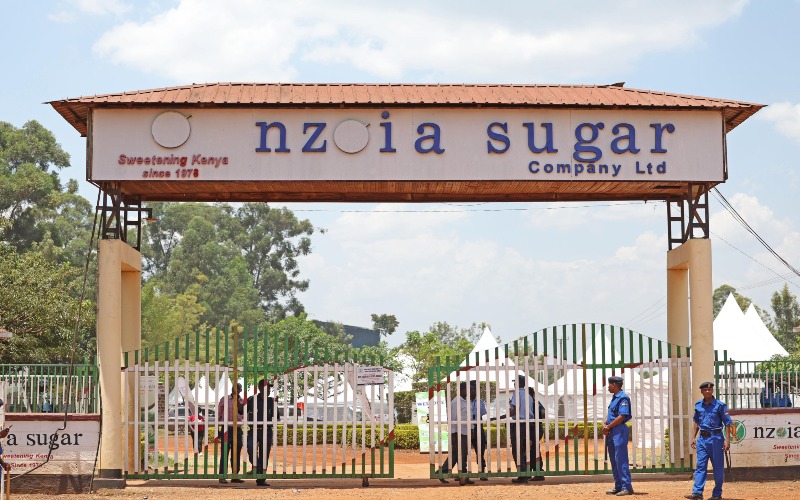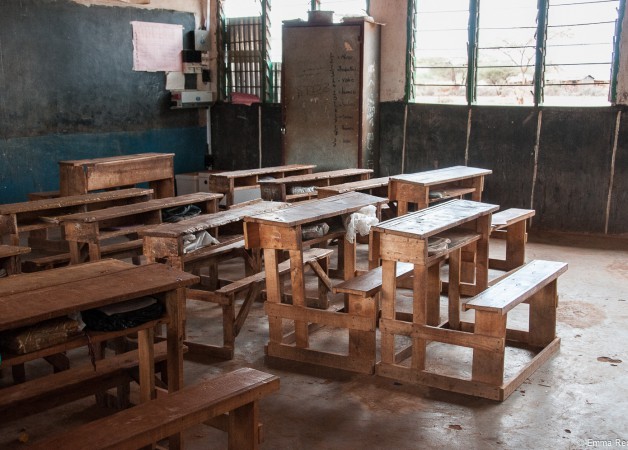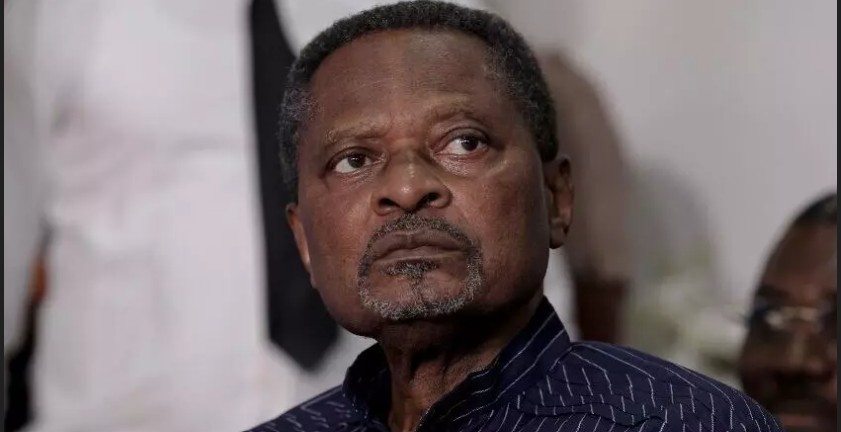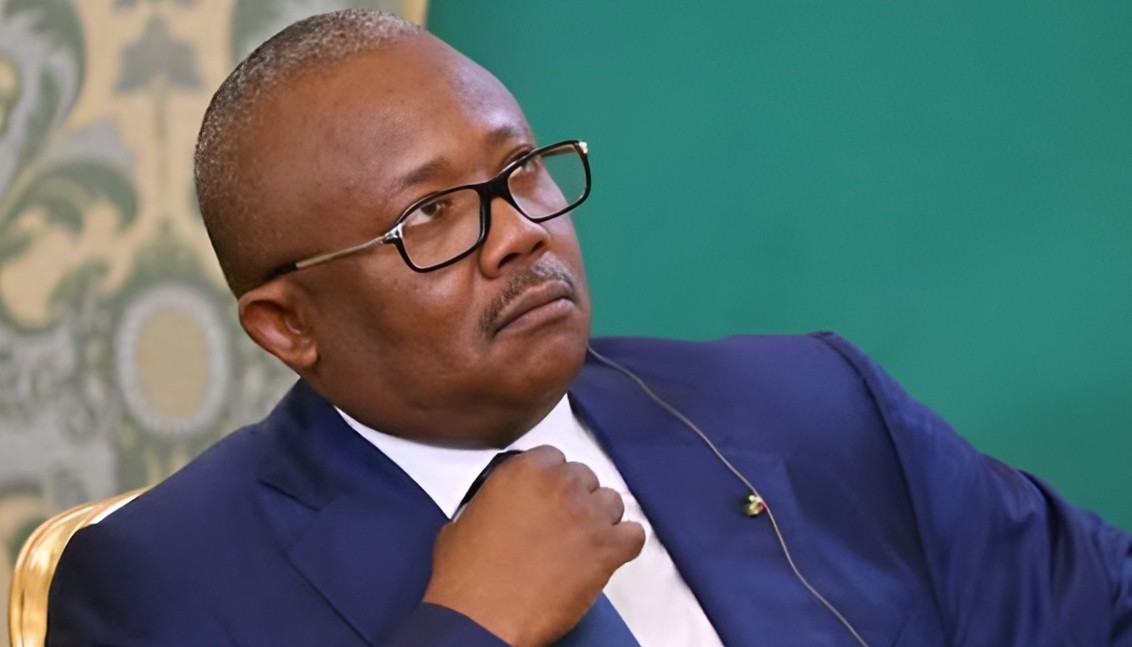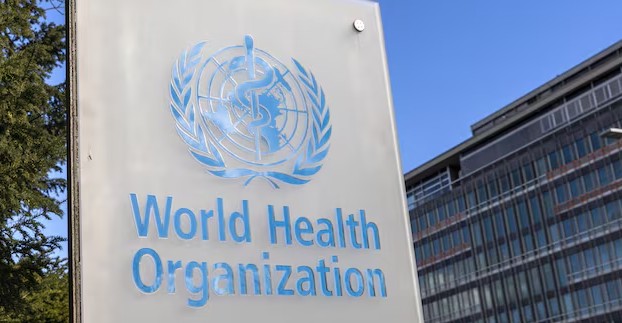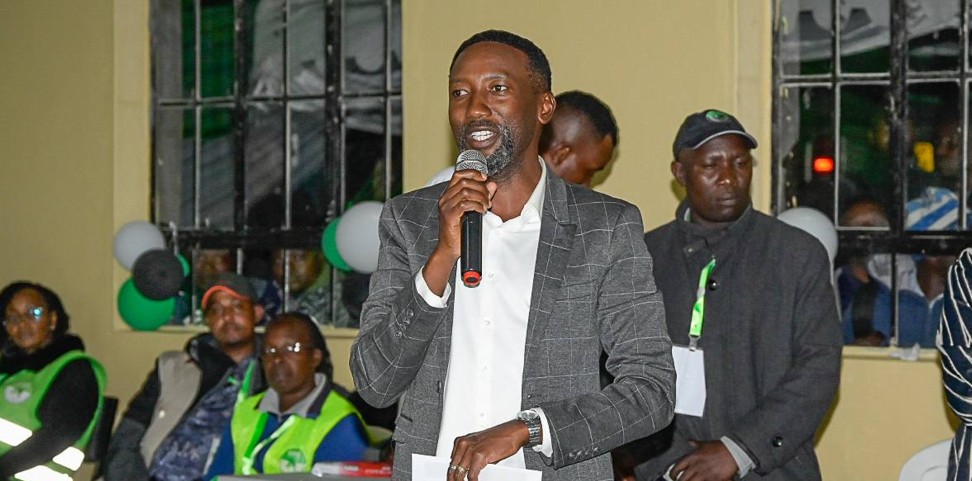Section of Nairobi MPs defend reduced school capitation, blame budget strain, rising enrolment

The MPs said the challenge of underfunded schools is longstanding, and that no administration in the last seven years has fully disbursed the official capitation amount.
A section of Nairobi County Members of Parliament has defended a plan to reduce capitation funds reaching schools, faulting population growth and budgetary strain for lowering the actual per-learner allocation in public institutions.
According to the legislators, urban institutions, particularly in Nairobi, are absorbing far more students than anticipated, leading to diluted capitation without a corresponding increase in the budget.
More To Read
- Over 44,000 schools cleared for capitation as audit uncovers 87,000 ghost learners
- MPs outraged as Education CS reveals Sh1.1 billion paid to ghost students in public schools
- Capitation withheld from 29 schools pending verification, Education CS Ogamba tells MPs
- Capitation crisis forces early school closures nationwide
- Education CS Julius Ogamba summoned by MPs over delays in school capitation funds
- New funding formula aims to guarantee timely release of school capitation
The legislators include Mathare MP Antony Oluoch, Dagoretti North MP Beatrice Elachi, Lang’ata MP Phelix Odiwuor, Kibra MP Peter Orero, Makadara MP George Aladwa, and nominated Senators Tabitha Mutinda and Karen Nyamu, who addressed the press on Thursday at Parliament Buildings.
They explained that although the official capitation amount remains at Sh22,244 per learner, the reality on the ground paints a different picture due to the mismatch between budget projections and the actual number of learners in public schools.
“Parliament approved the full capitation allocation and the National Treasury has disbursed the funds in the agreed ratio of 50 per cent in Term One, 30 per cent in Term Two, and the remaining 20 per cent is scheduled for Term Three,” Oluoch said.
He noted that despite these efforts, the actual amount reaching each learner averages Sh16,000, especially in high-density urban centres like Nairobi.
“This is not because of a cut, it is because our schools are absorbing more students than the budget anticipated. That is a structural challenge we must now confront,” he said.
The MPs said the challenge of underfunded schools is longstanding, and that no administration in the last seven years has fully disbursed the official capitation amount.
“Year after year, schools have received less than what was promised and yet principals, teachers, and parents have carried the burden in silence. What is different now is that this reality is finally being acknowledged. We are in a new era of transparency, and while that may feel uncomfortable, it is necessary if we are to fix the system and restore public confidence in free education,” they said.
They proposed invoking Article 223 of the Constitution during the First Supplementary Budget to redirect resources toward capitation, with Parliament ready to ratify the reallocation as part of formal budget approval.
The MPs' remarks come after last week’s appearance by Treasury Cabinet Secretary John Mbadi before a parliamentary committee, where he sparked backlash by stating that Kenya can no longer fully fund free primary and secondary education due to budgetary constraints.
Mbadi revealed that the country lacks the financial muscle to meet the full capitation cost per learner.
“For the 10 years (Mwai) Kibaki was the President, he never attempted to start or introduce free secondary education,” he said.
“I hear people say that Kibaki was able to teach or have our children learn for free; it is not true. He made sure that our children went to school for free in primary school. For secondary school, it is President Uhuru Kenyatta who started this initiative. At first, it was subsidised secondary school. Then later he announced that it should be free day secondary school.”
According to the CS, government policy stipulates Sh22,000 per student annually in senior secondary, Sh15,000 for junior secondary, and Sh1,400 for primary school learners. However, he admitted that the government has never consistently met the full Sh22,000 requirement.
“Since the introduction of free day secondary school, the government has not been able to give or allocate to every student Sh22,000. The government has always had debts for schools. That is why you hear principals saying they have not received full capitation,” Mbadi explained.
“The government disburses the whole amount allocated in the budget, but still it is not enough. So, the only thing I did was to confirm that, yes, we have allocated so much budget and we’re giving it in full, but it is not enough to give every child in Kenya Sh22,000.”
Mbadi further blamed Parliament for the widening shortfall, saying legislators had slashed capitation funding in the most recent budget cycle.
“I was wondering, when MPs were asking me why I’ve not released Sh22,000 per student. I asked them where do I get that money? It is them who passed the budget,” he said.
“In fact, the latest budget, even the capitation we had put, Parliament reduced it further. So, once a budget has been allocated, where do I get money to pay the full Sh22,000?”
He revealed that although full payments have been made for Term One and Term Two this year, the amount translates to just Sh17,000 per learner, far below the official benchmark.
As a potential solution, Mbadi proposed that 40 per cent of NG-CDF funds currently earmarked for bursaries, approximately Sh21 billion, be redirected to fill the Sh5,000 per student capitation gap nationally.
However, he noted, the suggestion was met with stiff resistance from legislators.
“When they heard that, hapo hawataki!” he said.
Mbadi’s remarks have been met with sharp criticism from education stakeholders, teachers’ unions and parents who accused him of undermining one of Kenya’s most transformative social programs.
Top Stories Today


